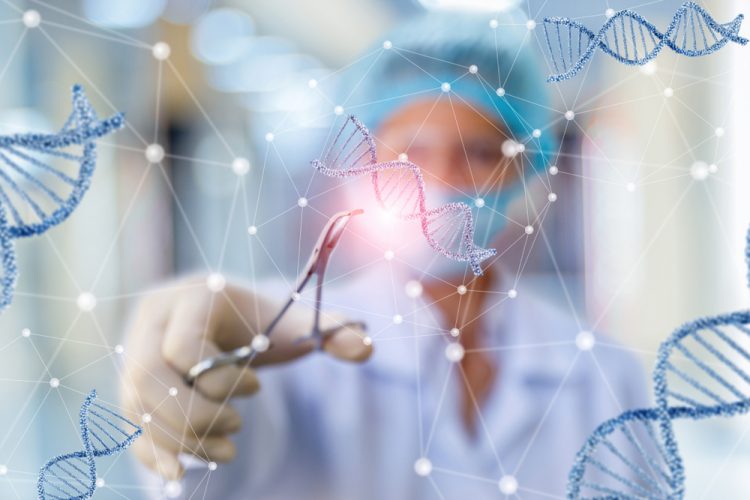Researchers engineer “mini” CRISPR genome editing system
Posted: 7 September 2021 | Anna Begley (Drug Target Review) | No comments yet
Stanford researchers have developed a multi-purpose “mini” CRISPR system, called CasMINI, that may be easier to deliver into human cells.


A team at Stanford University, US, have created a new multi-purpose “mini” CRISPR system, known as CasMINI, that can delete, activate and edit genetic code in the same way as other CRISPR systems, however its smaller size means it should be easier to deliver into human cells, making it a potential tool for treating diverse ailments, including eye disease, organ degeneration and genetic diseases.
The many different CRISPR systems in use or being clinically tested for gene therapy of diseases in the eye, liver and brain remain limited as they are too large to efficiently deliver into cells, tissues or living organisms. The team therefore developed CasMINI which, unlike other CRISPR systems such as CRISPR-Cas9 and CRISPR-Cas12a that are made of 1,000 to 1,500 amino acids, has 529 amino acids. Its smaller size means it should be easier to deliver into human cells and body, making it a potential tool for treating diverse ailments.
To make the system as small as possible, the researchers began with the CRISPR protein Cas12f, as it contains only about 400 to 700 amino acids. However, Cas12f is not well-suited to mammalian cells, making it an enticing challenge for bioengineers, said researcher Stanley Qi.
The team observed no activity of natural Cas12f in human cells and hypothesised that the issue was that human genome DNA is more complicated and less accessible than microbial DNA, making it difficult for Cas12f to find its target in cells. By looking at the computationally predicted structure of the Cas12f system, the researchers chose around 40 mutations in the protein that could bypass this limitation and established a pipeline for testing many protein variants at a time. A working variant would, turn a human cell green by activating green fluorescent protein (GFP) in its genome.
“At first, this system did not work at all for a year,” added lead author Xiaoshu Xu. “But after iterations of bioengineering, we saw some engineered proteins start to turn on, like magic. It made us really appreciate the power of synthetic biology and bioengineering.”
Over many additional iterations, Xu was able to further improve the protein’s performance. “We started with seeing only two cells showing a green signal and now after engineering, almost every cell is green under the microscope,” she explained.
In addition to CRISPR protein engineering, the researchers also engineered the RNA that guides the Cas protein to its target DNA. Modifications to both components were crucial to making the CasMINI system work in human cells. They tested CasMINI’s ability to delete and edit genes in lab-based human cells, including genes related to HIV infection, antitumour immune response and anaemia and found that it worked on almost every gene they tested.
The researchers have already begun assembling collaborations with other scientists to pursue gene therapies. They are also interested in how they could contribute to advances in RNA technologies where size can also be a limiting factor.
“This ability to engineer these systems has been desired in the field since the early days of CRISPR and I feel like we did our part to move toward that reality,” concluded Qi. “And this engineering approach can be so broadly helpful.”
The findings were published in Molecular Cell.
Related topics
Bioengineering, CRISPR, DNA, Genome editing, Genomics, Molecular Targets, Protein, RNAs, Targets, Therapeutics
Related conditions
HIV
Related organisations
Stanford University
Related people
Stanley Qi, Xiaoshu Xu


